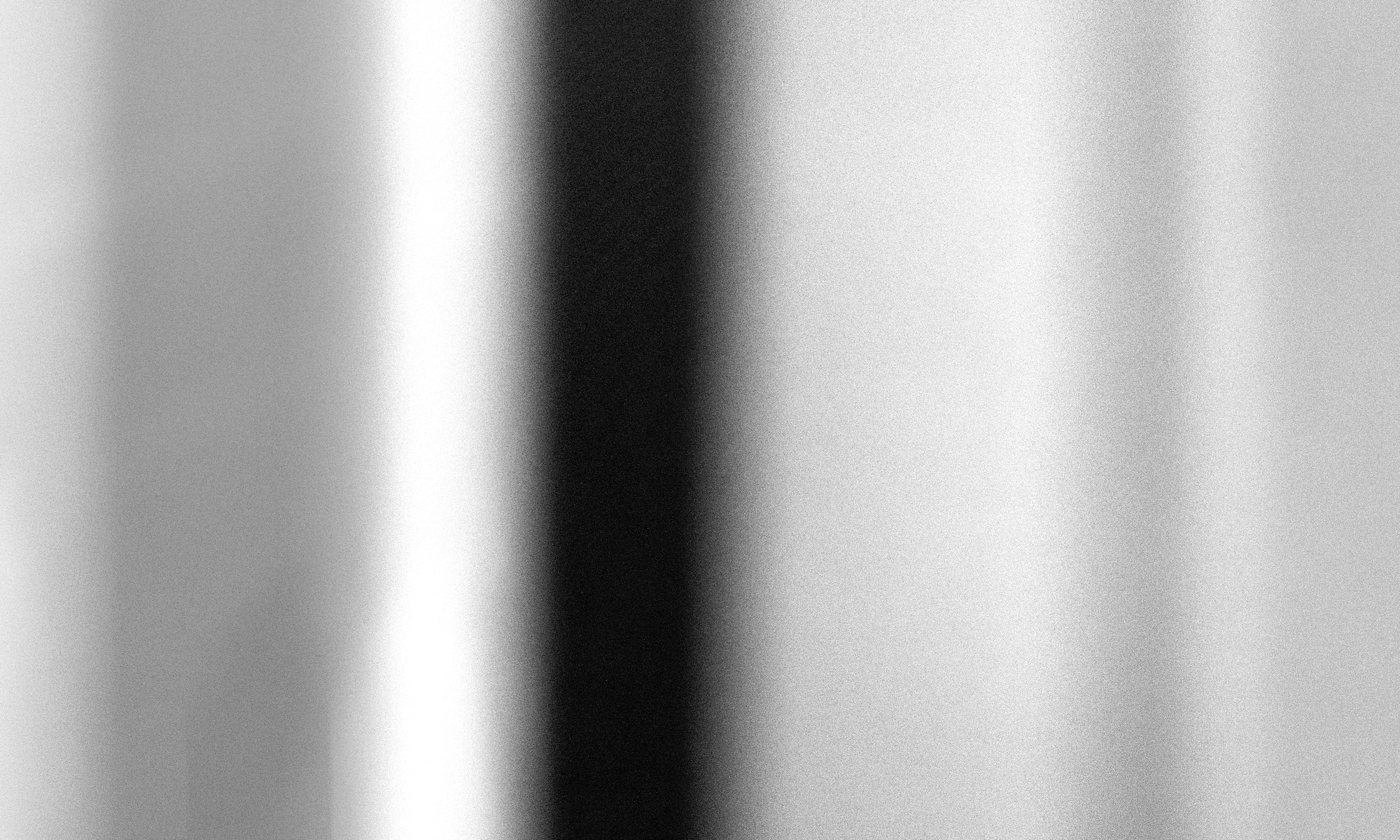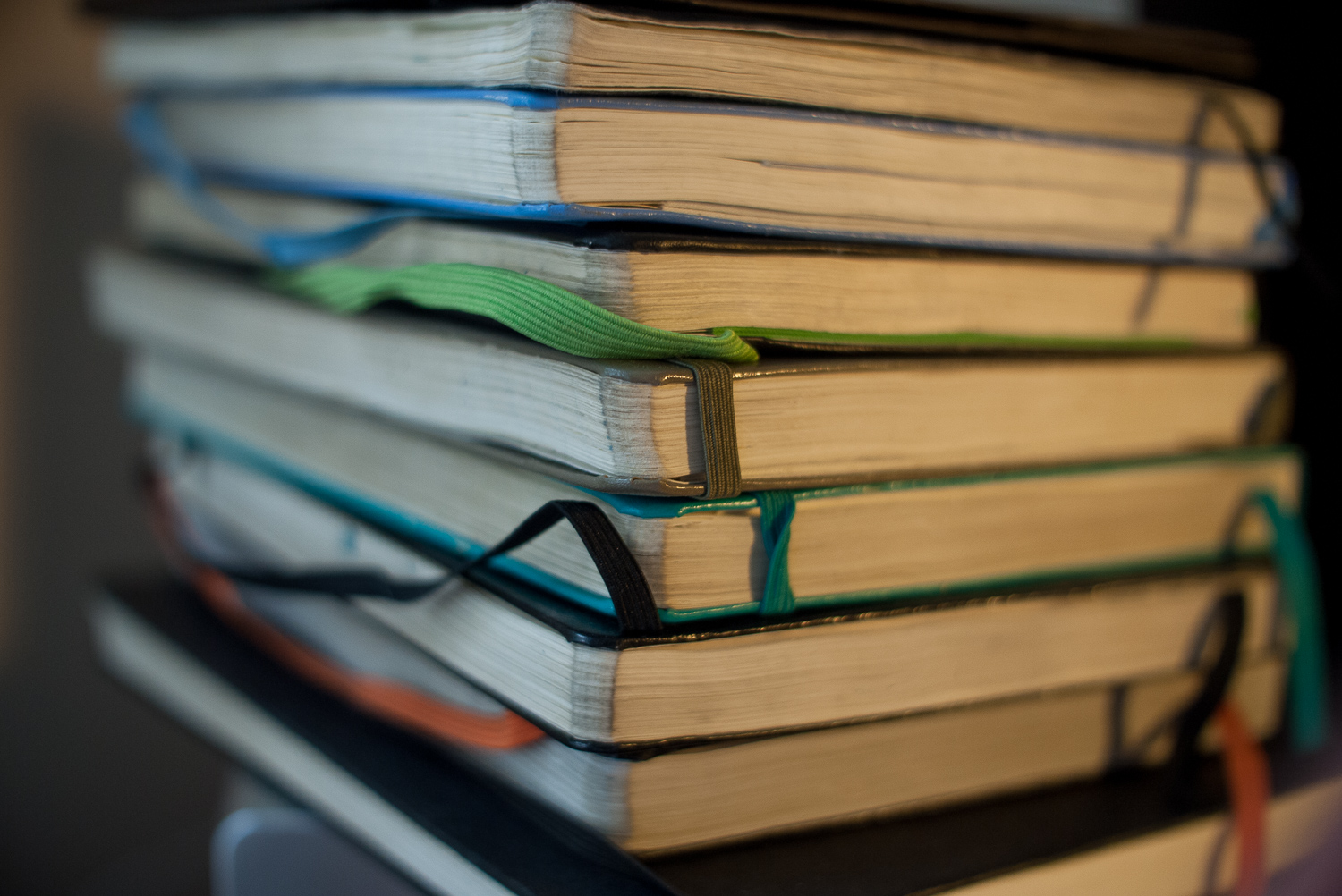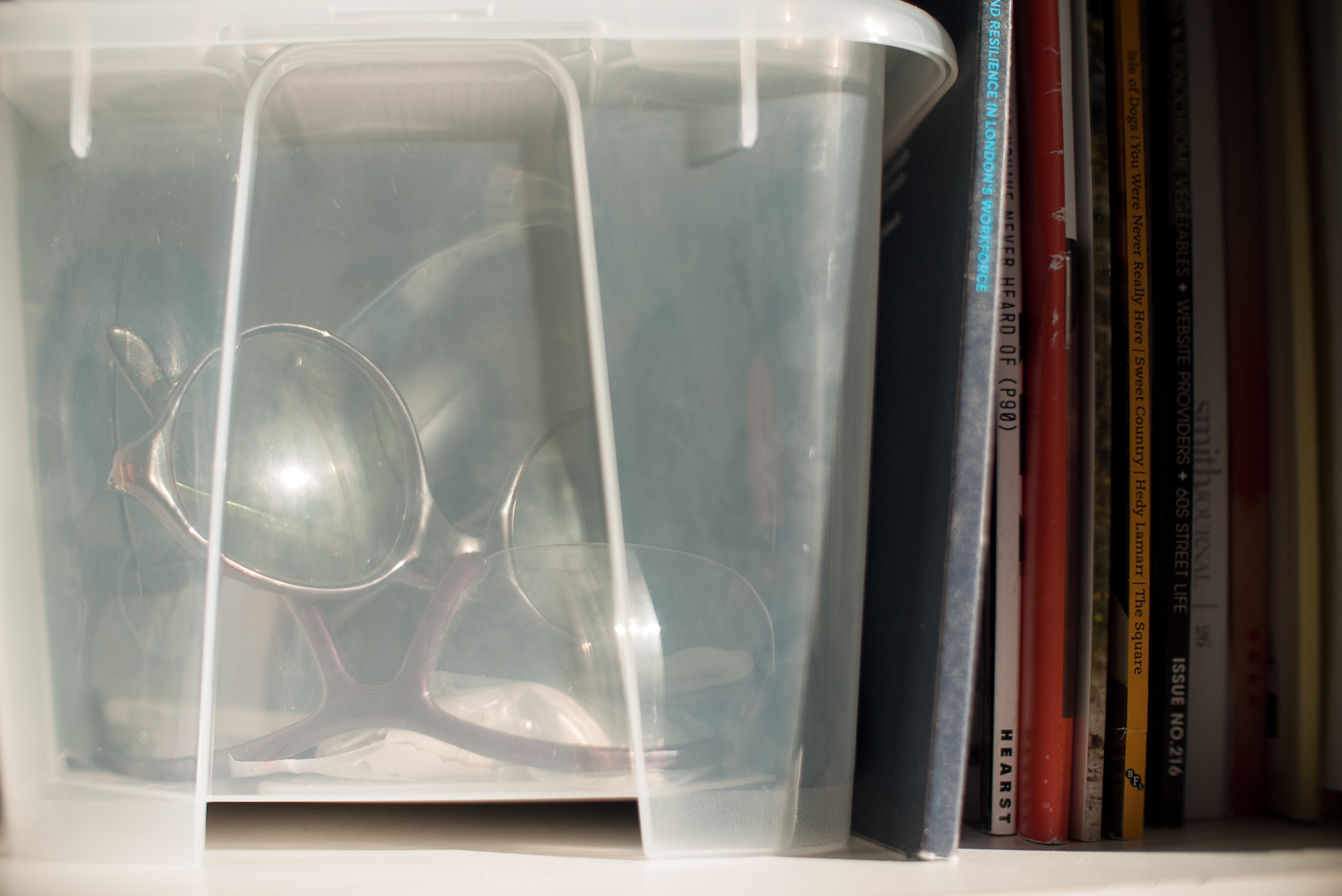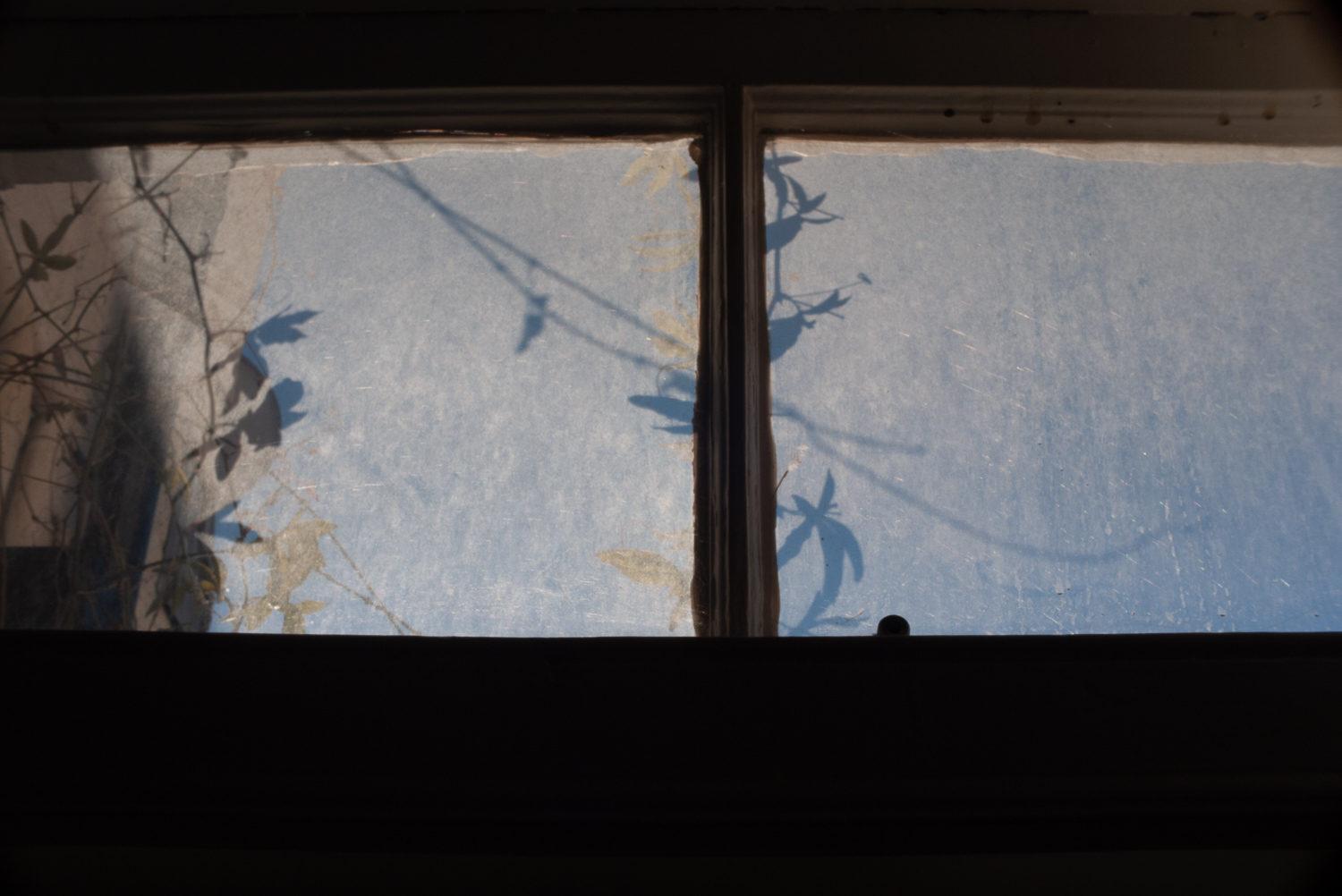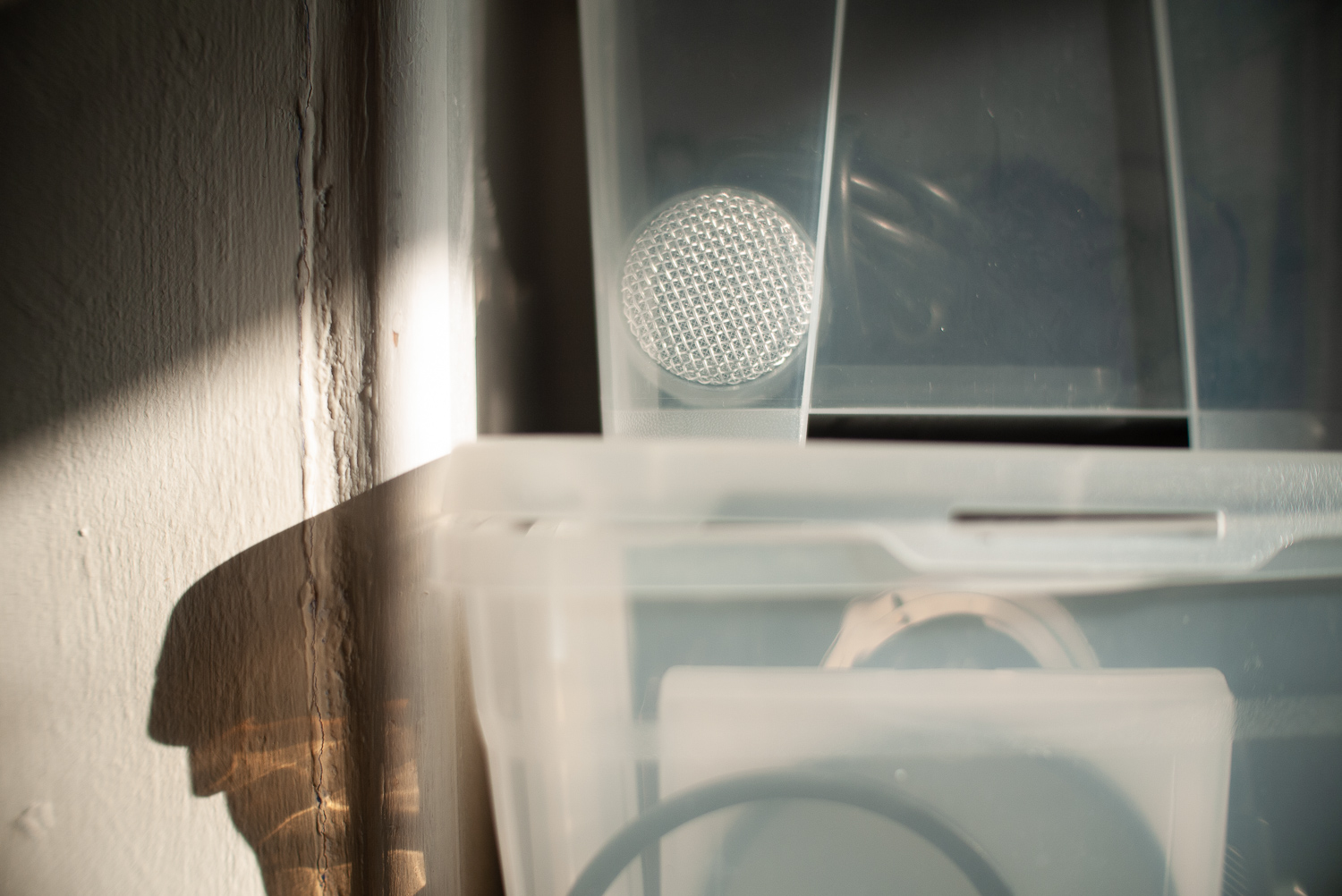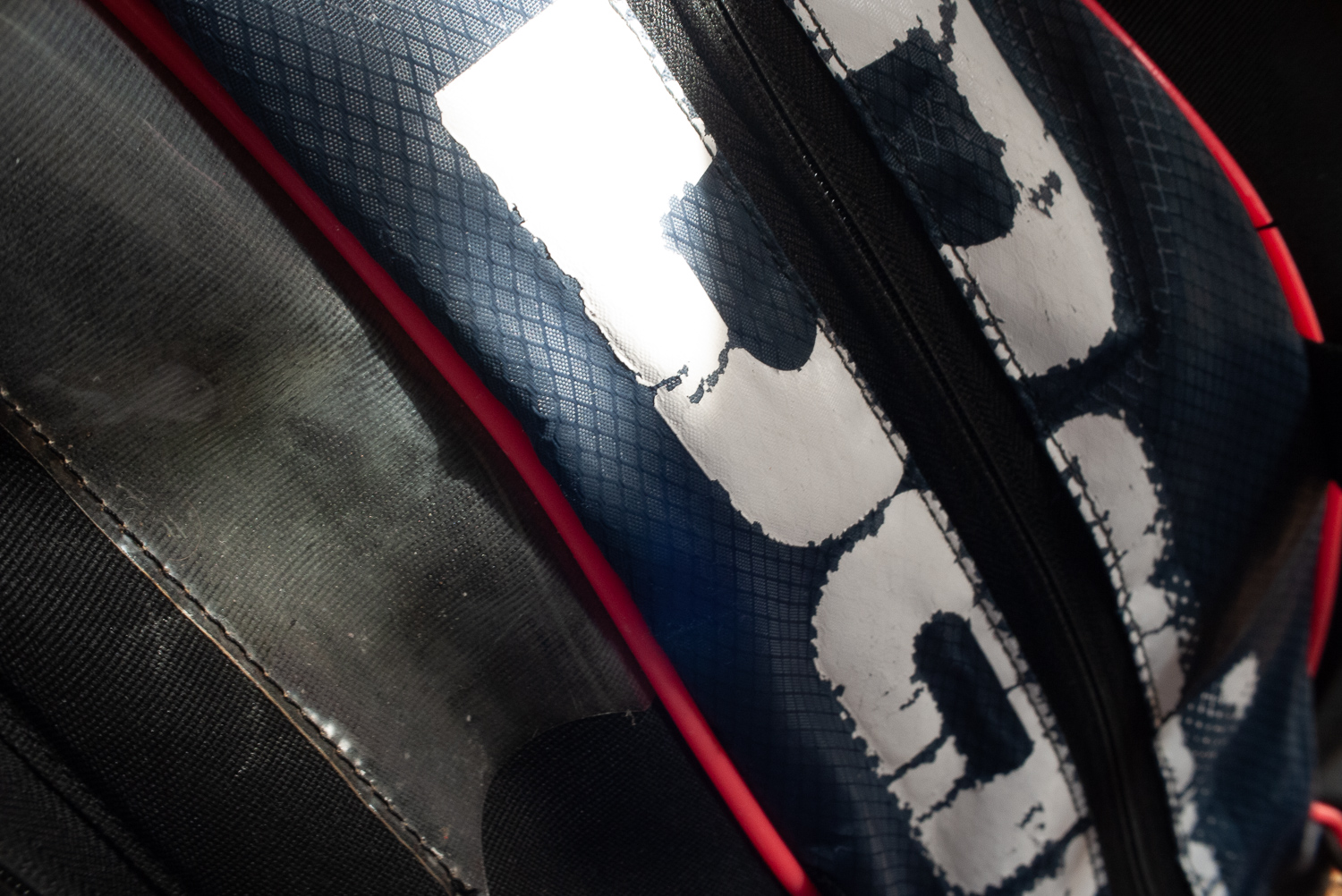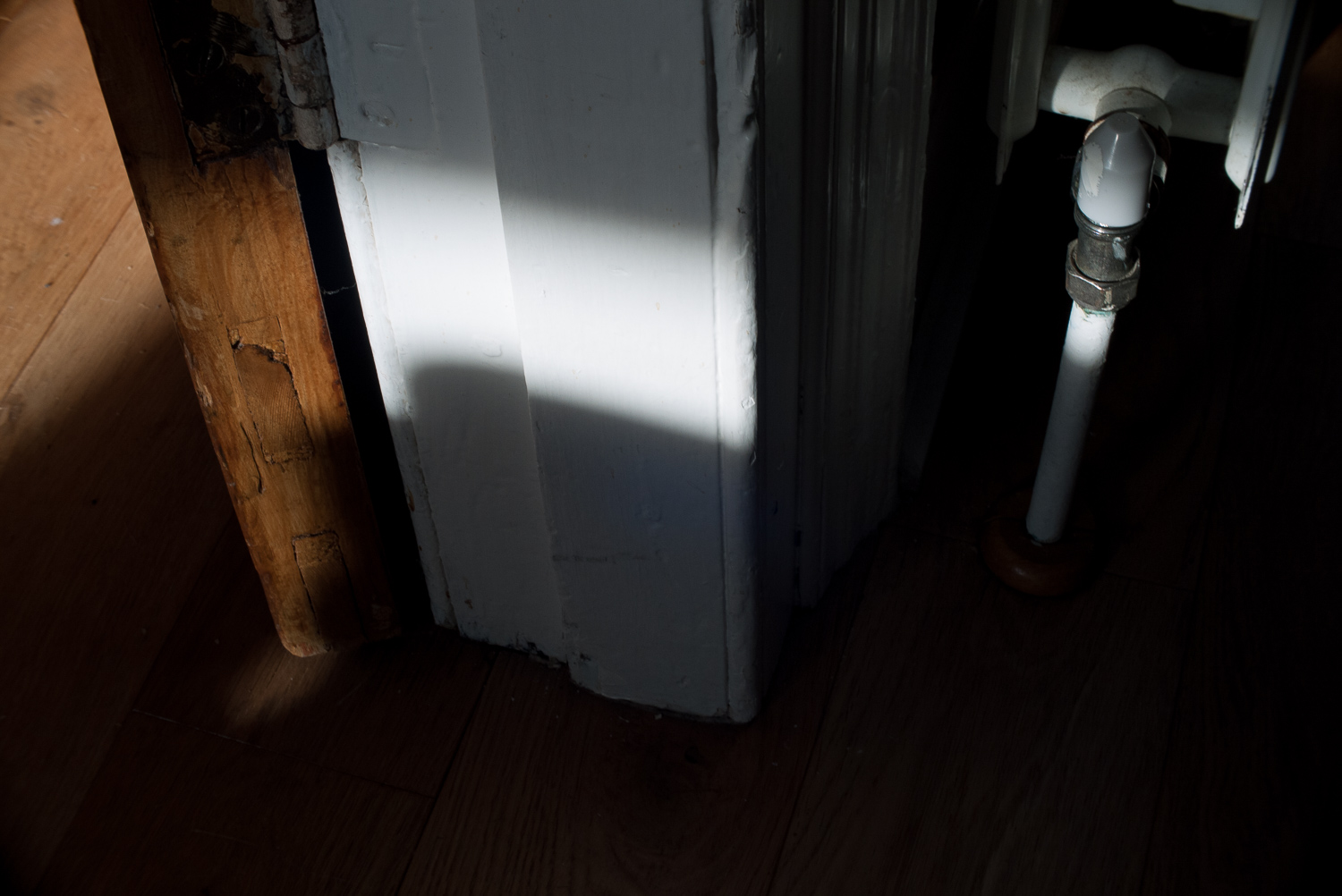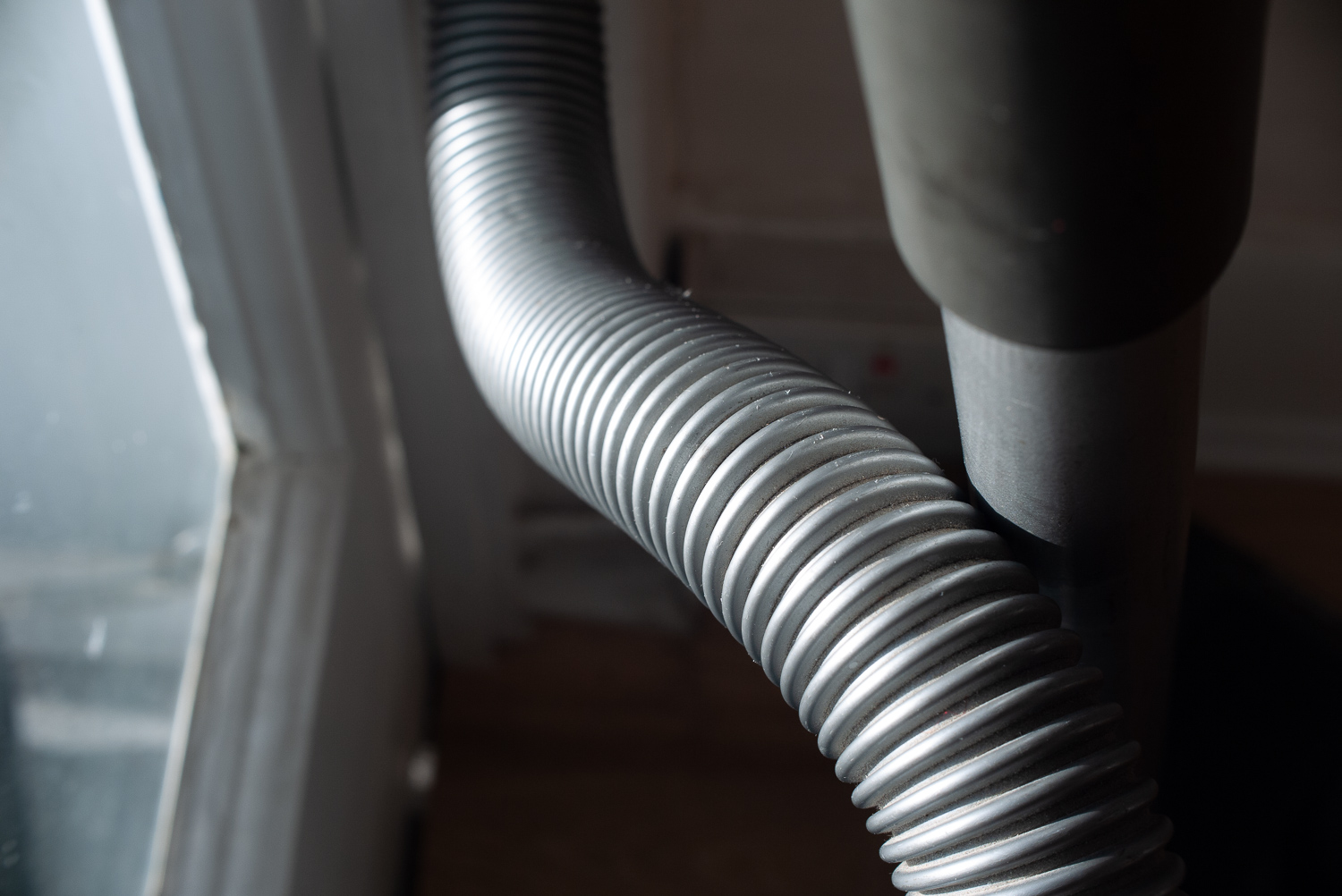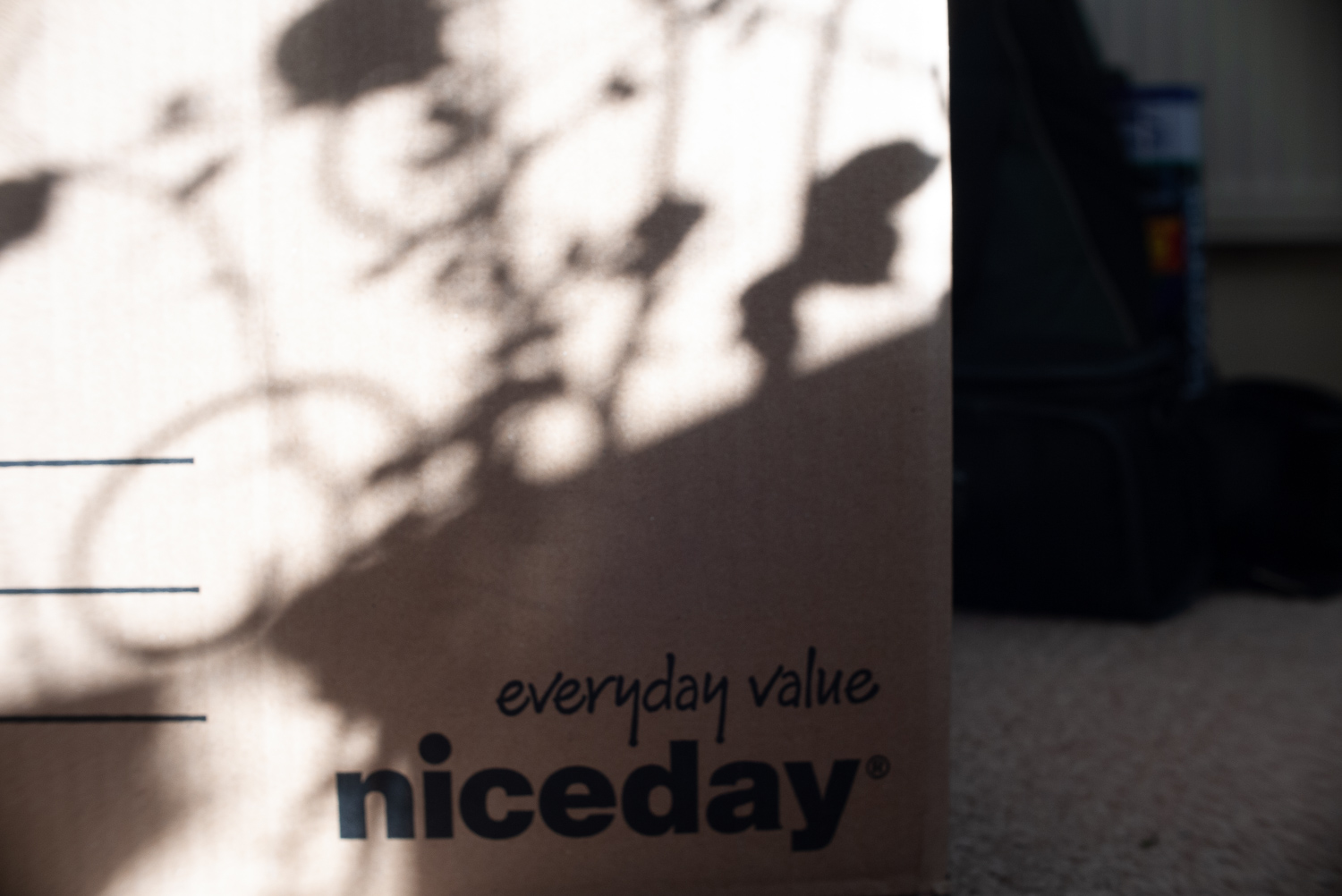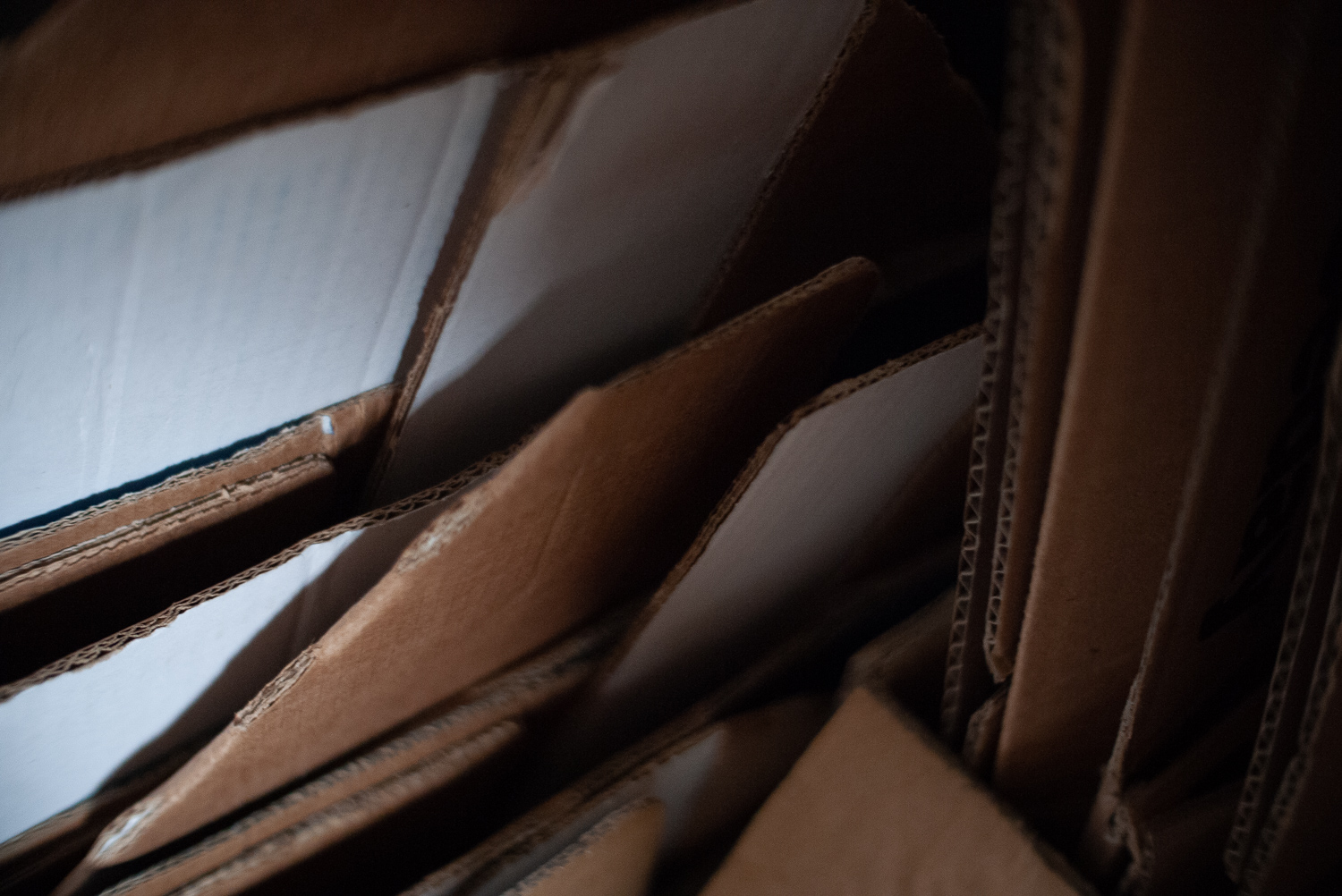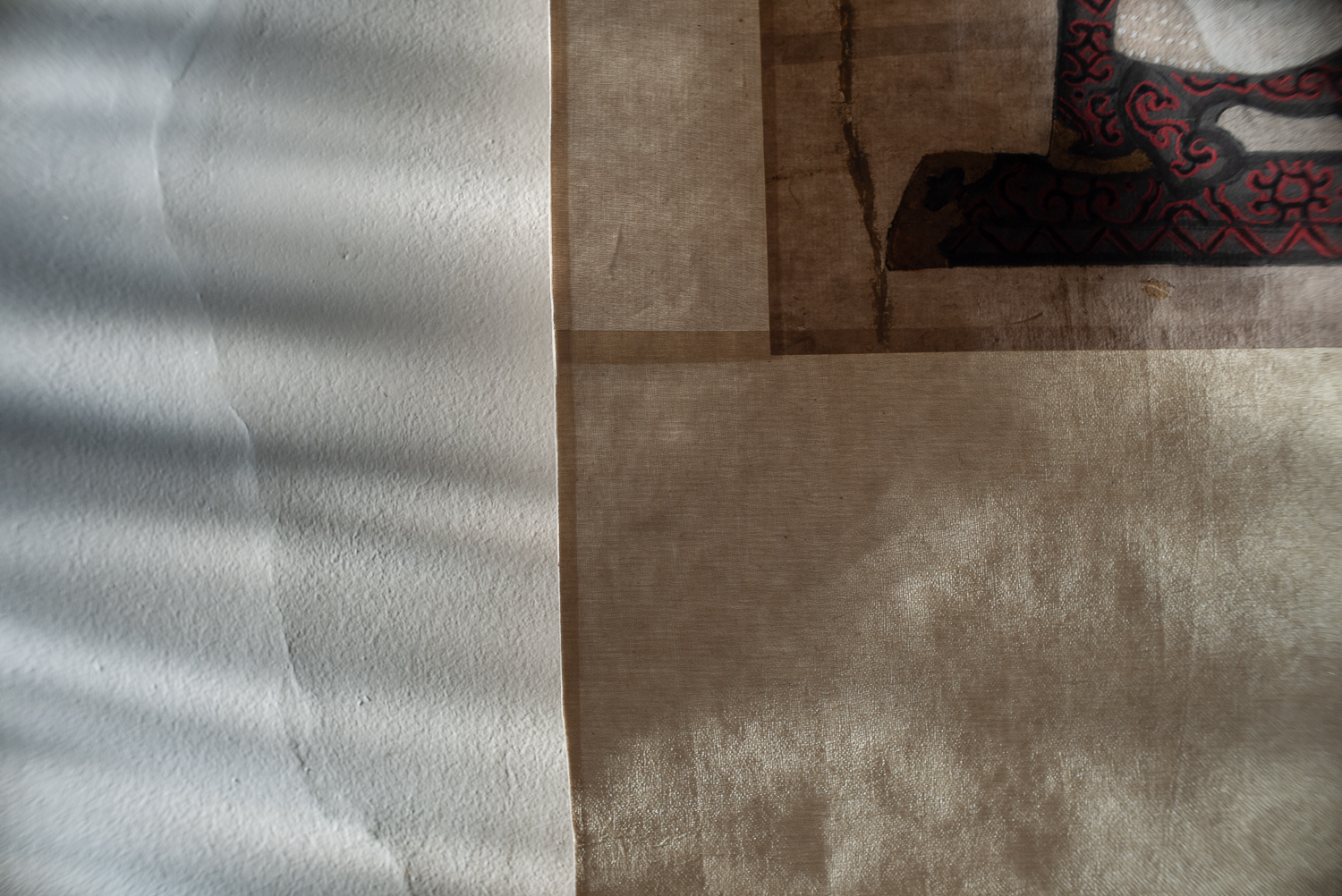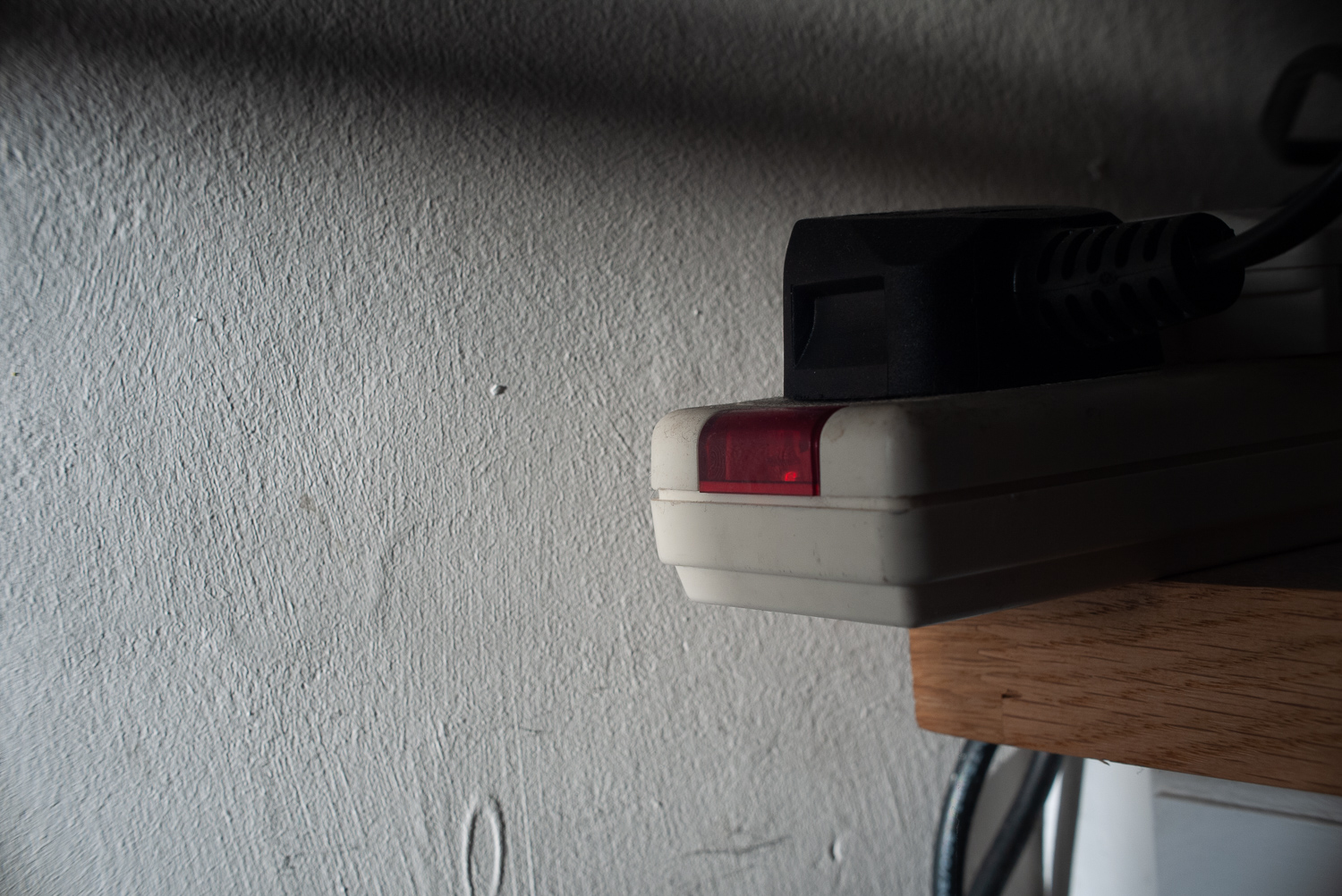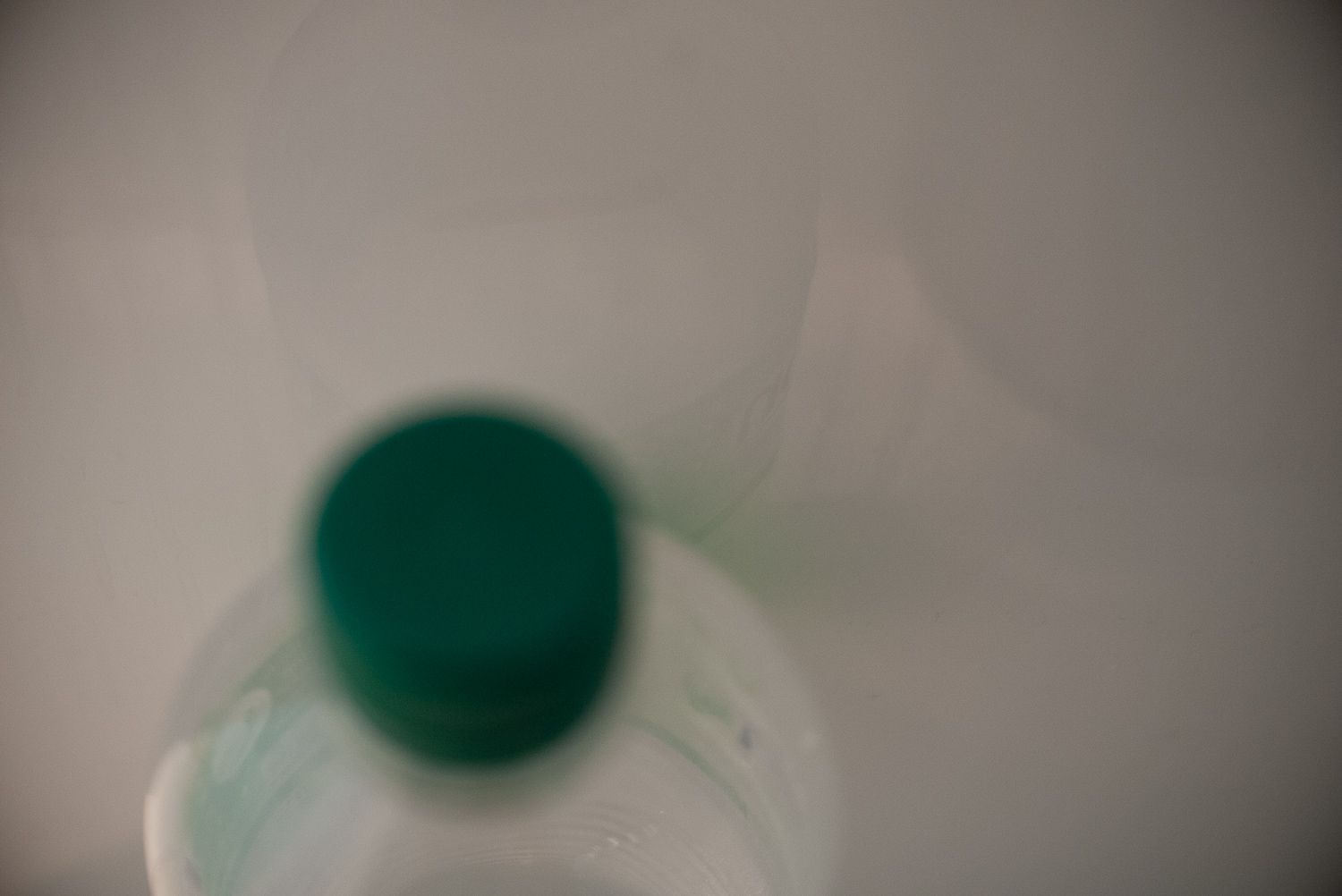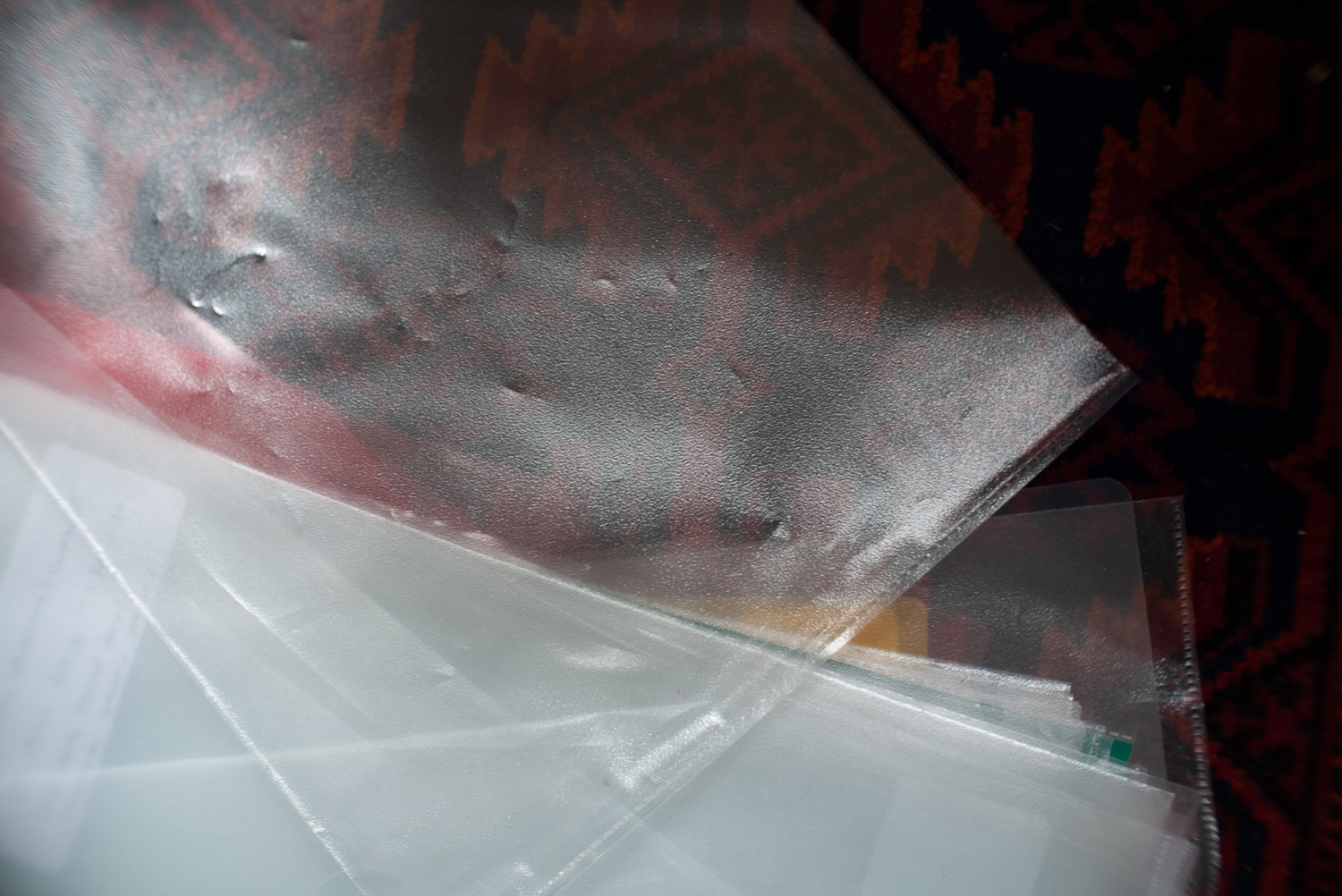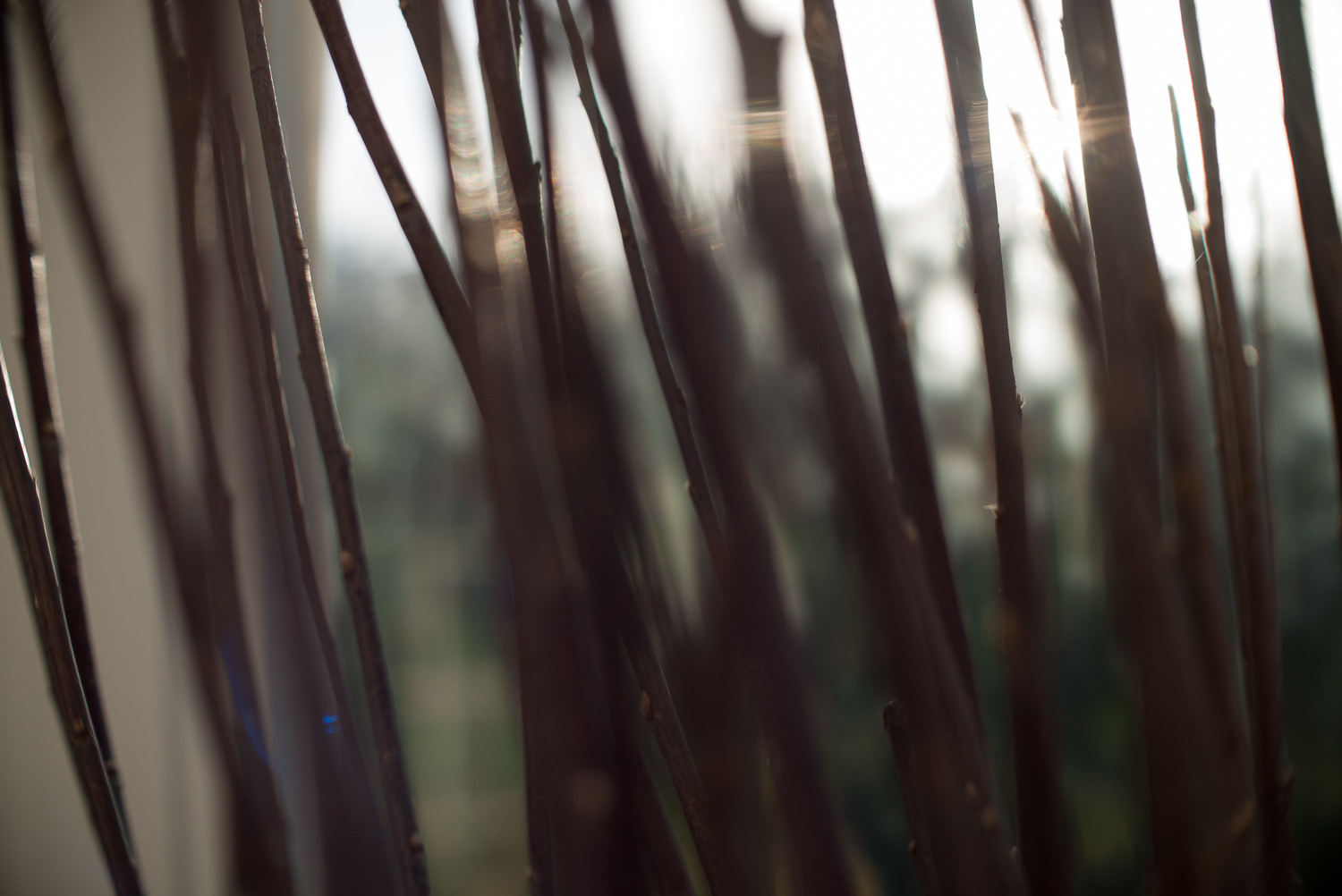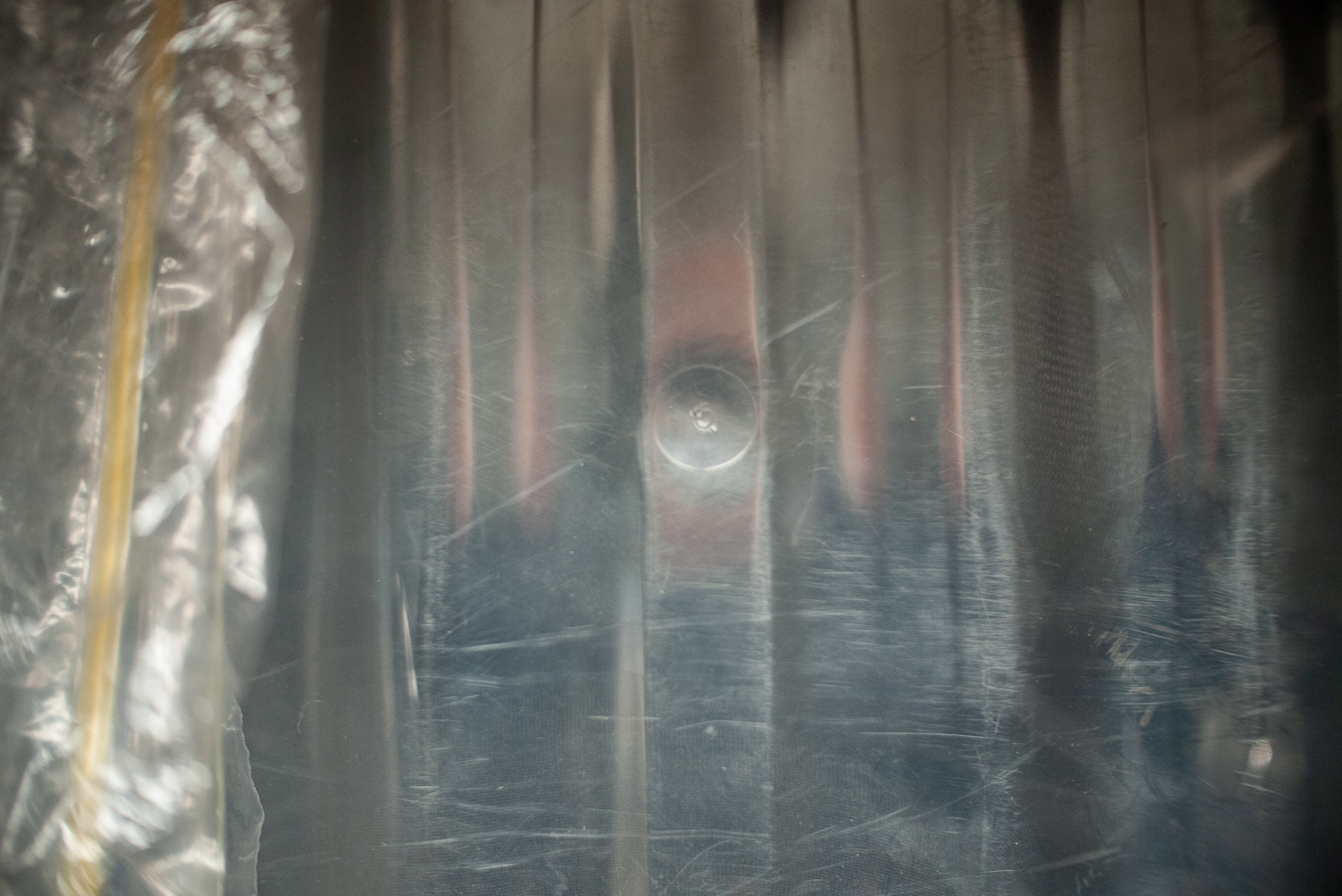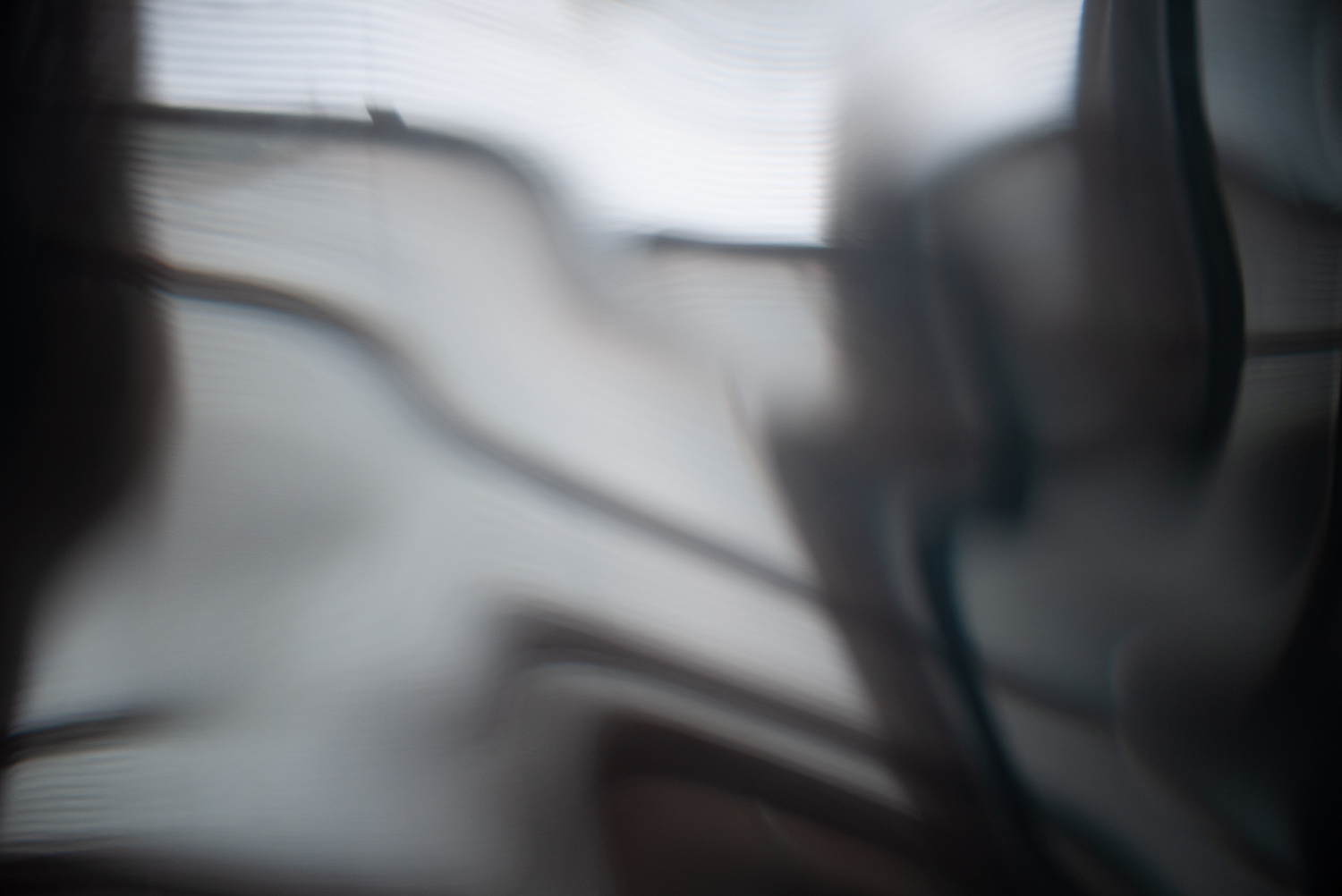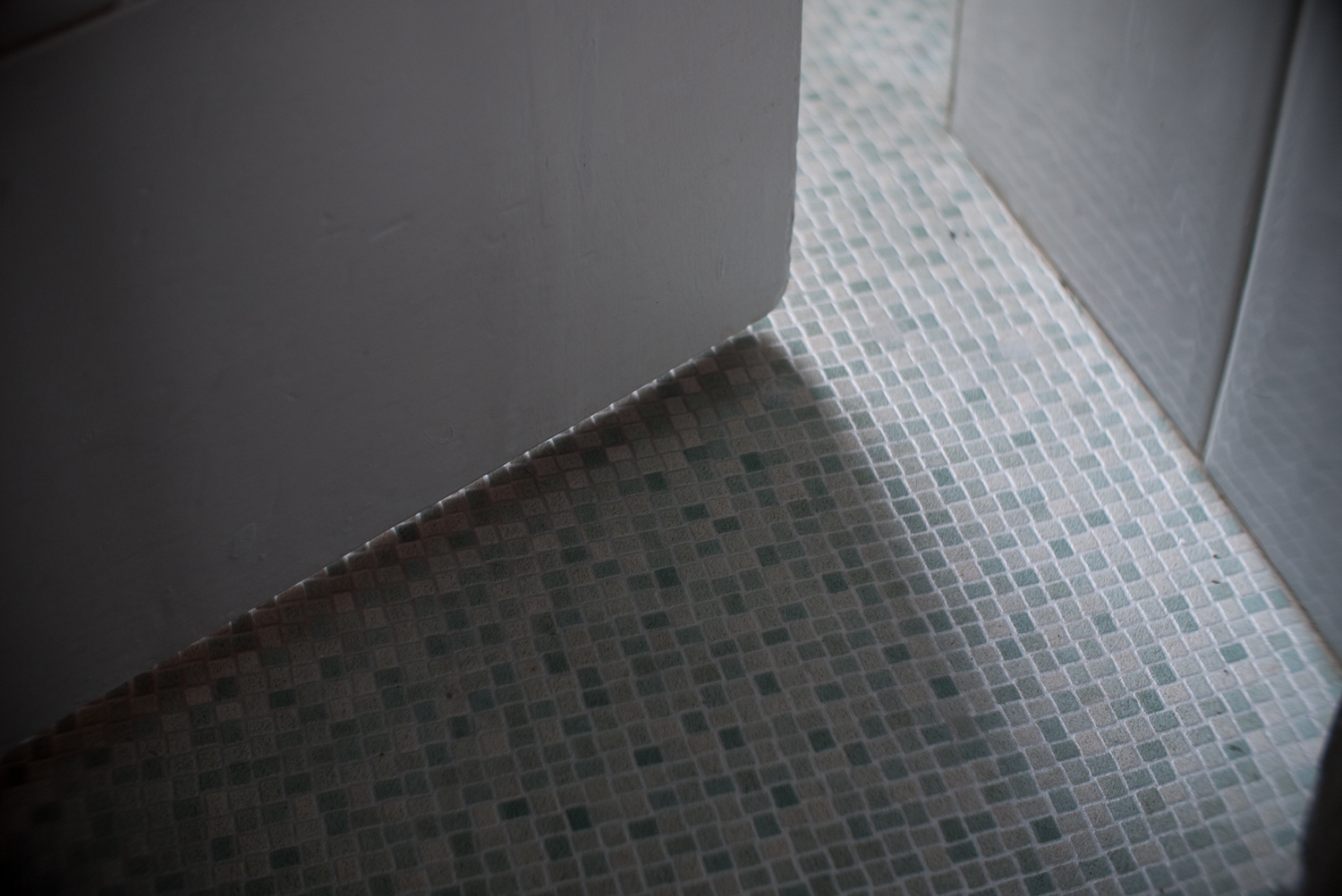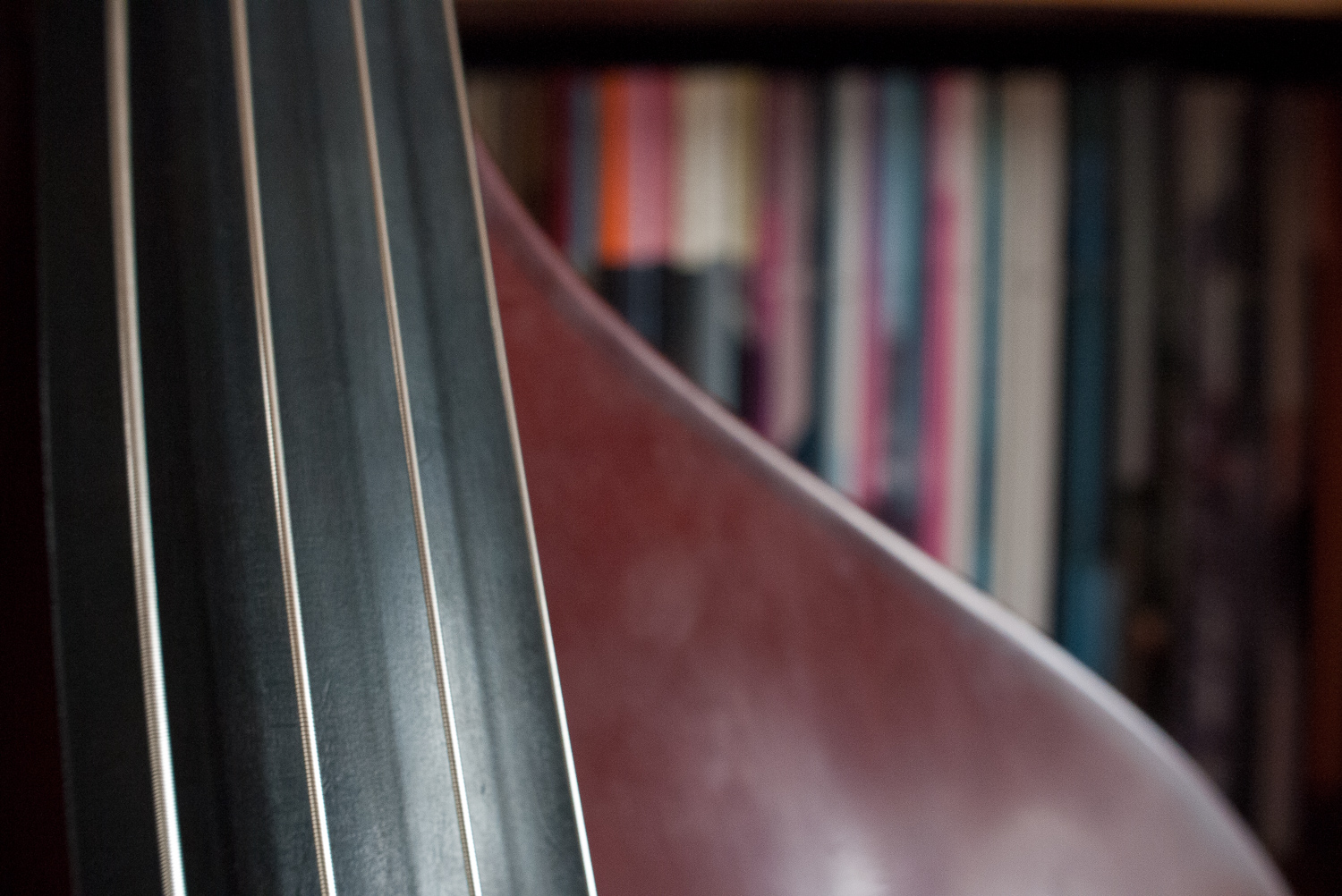I made these images in an attempt to disrupt my habitual image making, by introducing a number of technological and human ‘glitches’. All the images were made around the house whilst sorting through and disposing of stuff brought out of storage from my old office at work. The images are incidental and make no attempt to record the process – they are made at the edges. I used a first generation micro four-thirds camera with a CCTV lens. The camera has no viewfinder and no focus assistance, and my failing near-sight made focusing erratic. The lens introduced significant curvature and vignetting. No cropping and no processing. These images are a step on the way to a final artifact, which will be in print form. Not quite degraded ‘poor images‘ in Hito Steyerl’s (2009) terms (maybe explore this later) but a step on the way. Having worked to develop the quality of my images over the past year or so, I felt anxious working in this way, introducing limitations right at the beginning of the process and then working with them. I’m thinking about other ways of disrupting practice, maybe along the lines of Brian Eno’s oblique strategies, in which chance application of operations transforms the process of production of images and the outcomes.
Steyerl, H. 2009. ‘In Defense of the Poor Image’. e-flux journal #10, November. Available at https://www.e-flux.com/journal/10/61362/in-defense-of-the-poor-image/ [accessed 31.01.19]
